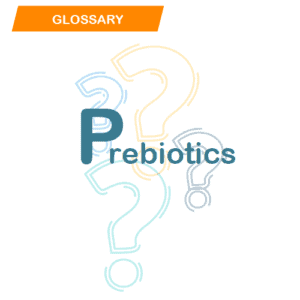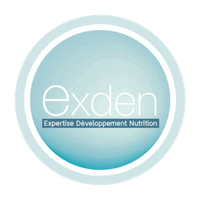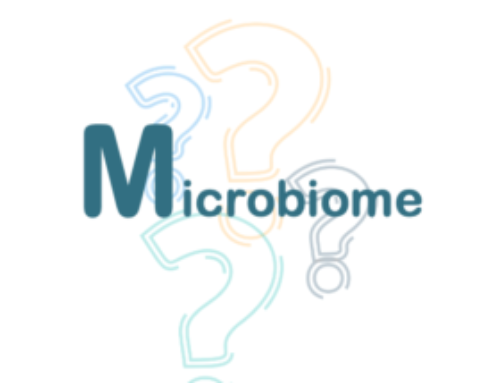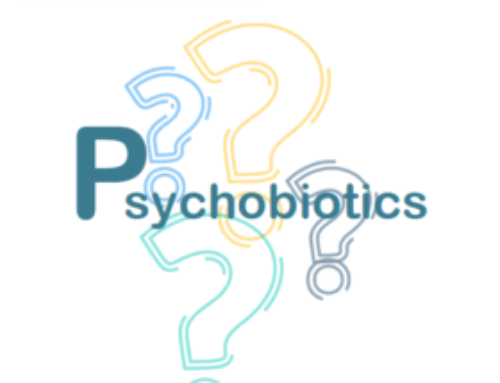 Prebiotics are non-digestible fibers from our diet. Their goal is to selectively stimulate the beneficial bacteria of our intestinal microbiota.
Prebiotics are non-digestible fibers from our diet. Their goal is to selectively stimulate the beneficial bacteria of our intestinal microbiota.
Prebiotics are mainly short chains carbohydrates (i.e. sugars). After consumption, prebiotics cross the digestive tract without being digested until the colon. They are used as a substrate by the “good” bacteria, which ferment and turn them into short-chain fatty acids such as butyrate, acetate, lactate or propionate.
Inulin and fructooligosaccharides (FOS) are the most represented prebiotics in quantity in our diet. They are found in certain fruits and vegetables (bananas, endive, chicory…), and some cereals (wheat, rye…). However, there are other types of prebiotics such as galactooligosaccharides which are breast milk component.
Their consumption brings many health benefits. Indeed, prebiotics stimulate bacterial proliferation, mainly Bifidobacteria, which are essential for health. They have a bifidogenic effect. They also increase the stool weight and ensure a better consistency. Moreover, they also have other benefits such as an improved calcium absorption, a prophylactic effect against allergies or diabetes, a protection against gastrointestinal infections…
Warning! Do not confuse “prebiotics” and “probiotics”! Probiotics are microorganisms with health benefits while prebiotics are their “food”, allowing them optimal growth.
LC
Reference
Picture: Freepik




